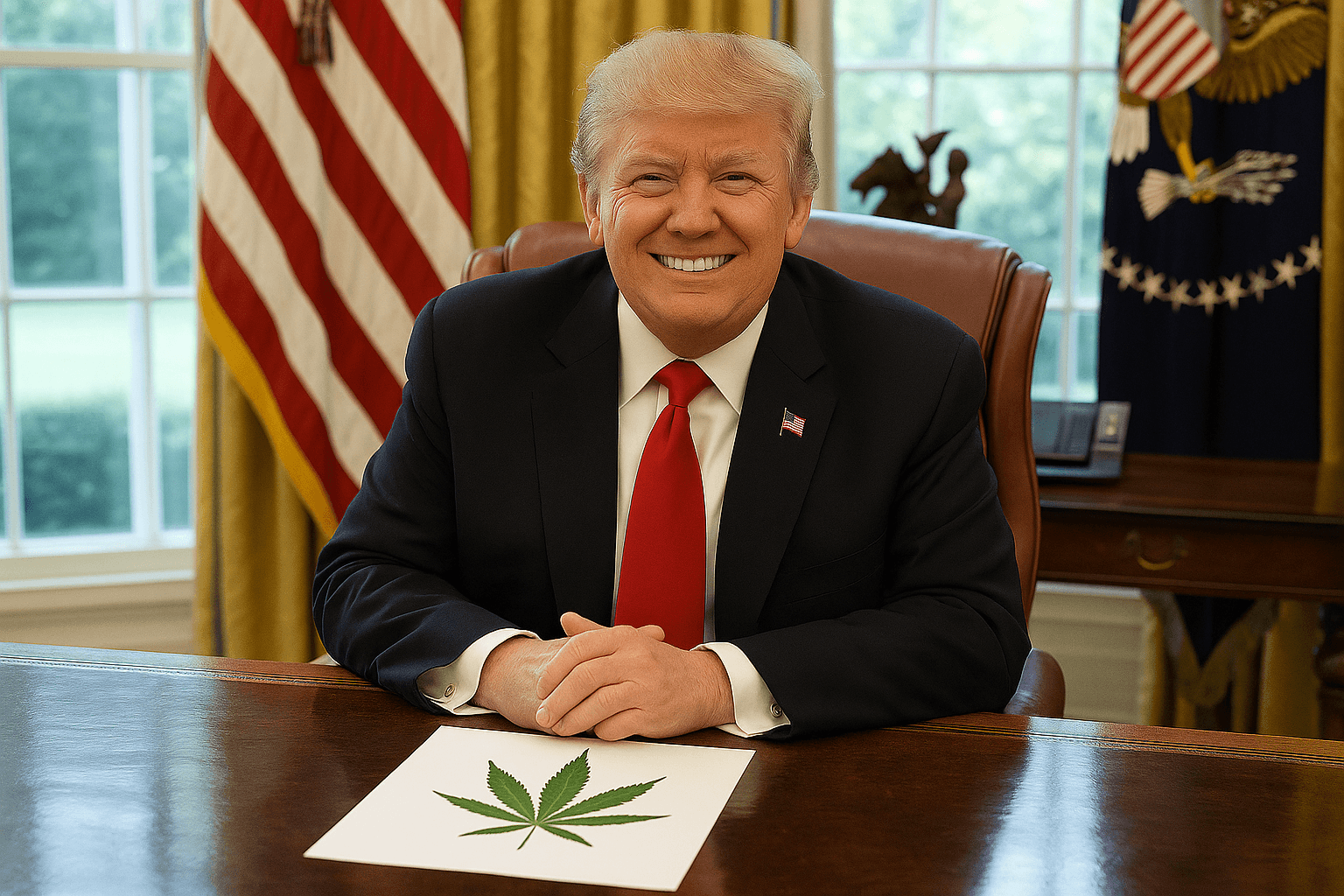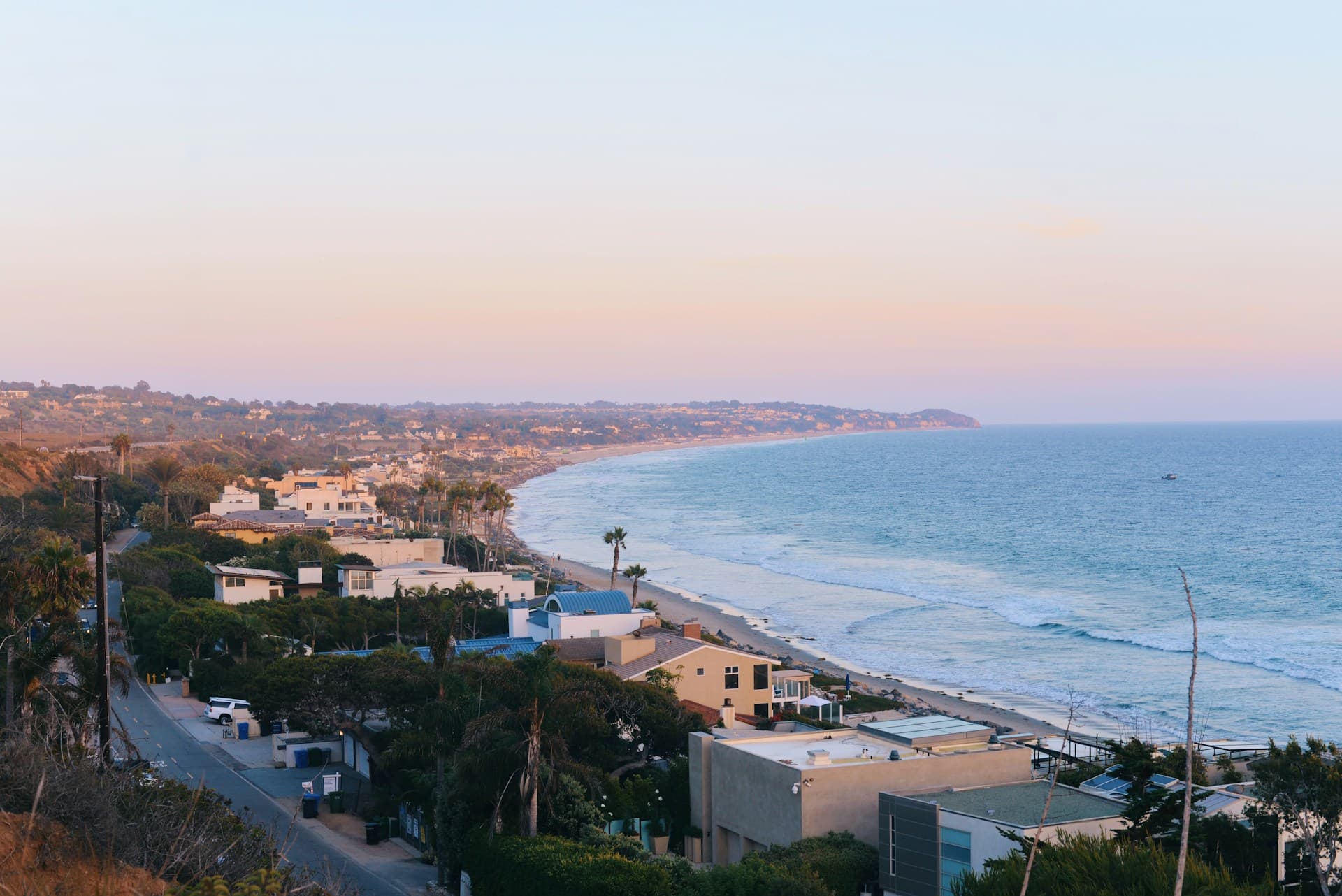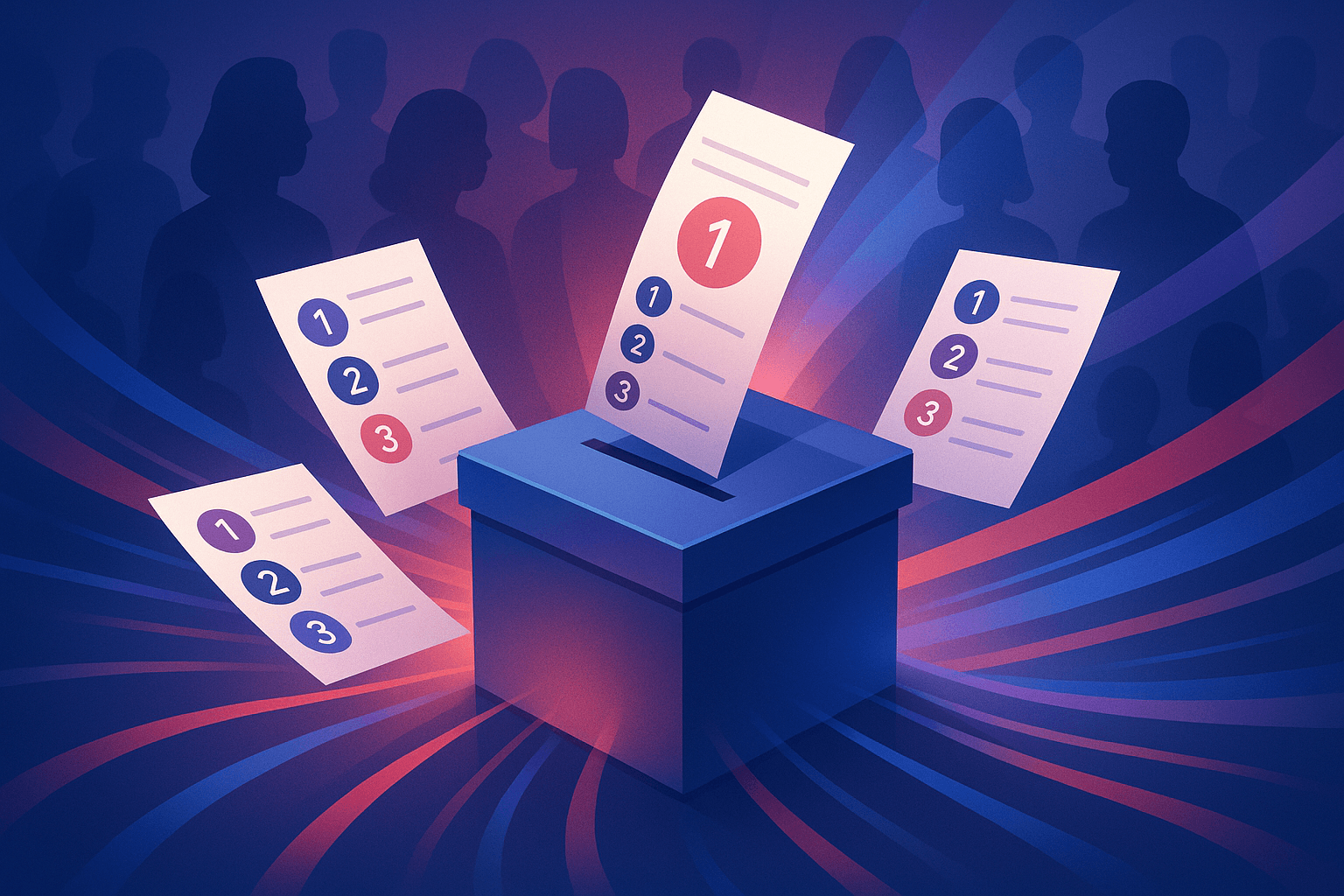5 Reasons Why We Must Put an End to Closed Primaries

26.3 million independent voters, including almost half of all millennial voters, were barred from voting in presidential primaries in 2016. Millions more registered Democrats and Republicans were prevented from voting for the candidate of their choice. The result? Recent polling shows 70% of all Americans now support open primaries.
Why?
Closed primaries are the most rampant form of voter suppression of the 21st century. Now, more than ever, we need our democracy to be open and fair -- representative of all Americans, not just party extremists. Here are five reasons why we need open primaries, right now:
- 26.3 million voters are locked out of the primaries, and independents are the largest and fastest-growing voting bloc in the country.
- Due to the effects of partisan gerrymandering, 90 percent of elections are determined in the primary. That means that a huge population of voters have no say in who represents them, 90 percent of the time.
- Independent voters are paying for elections with their tax dollars that they can’t participate in, to the tune of $287,806,312.9 in closed primary states. That’s not right.
- Open primaries require elected officials to reach out beyond their party to all voters in order to get elected and stay in office.
- Open primaries allow legislators to be more effective representatives by creating a healthier environment to work together, form innovative coalitions, engage a range of policy issues on the merits, and govern productively.
Millions of Americans across the country are being shut out of the political process. It’s up to us, the people, to empower every American voter and rebuild our democracy.
Editor's note: This article, written by Jesse Shayne, originally appeared on Open Primaries' blog on May 25, 2017. To learn more about Open Primaries, visit the organization's website or follow them on Facebook or Twitter.


